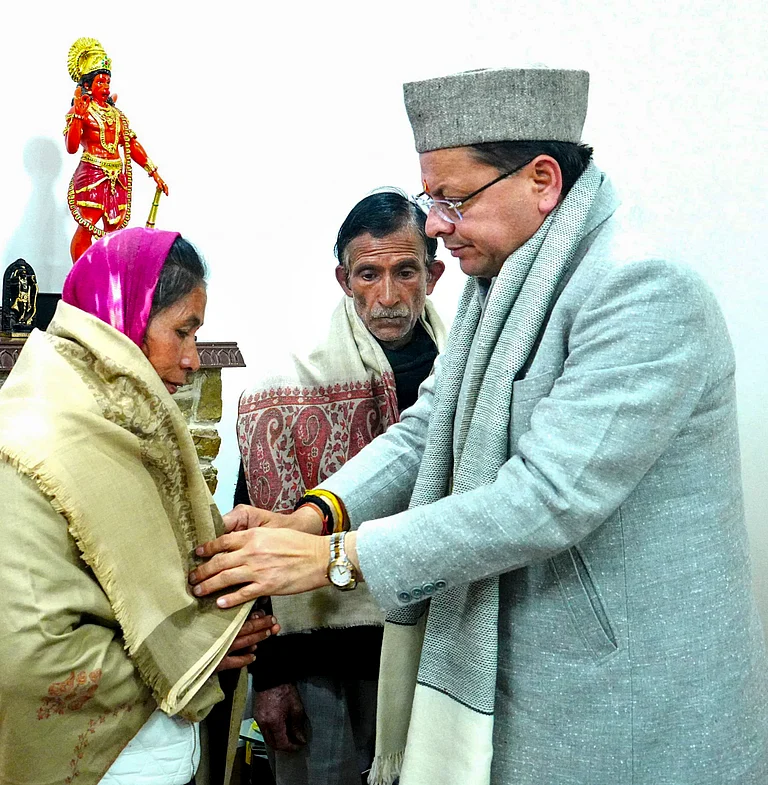Higher education institutions in India are empowered to admit, on supernumerary basis, international students up to 15 per cent of their intake capacity. With 38.5 million students enrolled in higher education, the country has the potential to have 5.78 million international students. Since globally only 5 million students go abroad for higher education, it would be naive to expect they would all come to India.
The nation could, nonetheless, aspire to have a reasonable share of higher education export. A 20 per cent target would mean a potential of one million international students. In comparison, the actual numbers in 2020 being only 49,358, the country achieved just 4.9 per cent of its potential.
Aspirations notwithstanding, the number of international students has risen marginally from 27,531 in 2010-11 to 49,358 in 2019-20. The compound annual growth rate (CAGR) during 2010-11 to 2013-14 was the highest at 9.5 per cent whereas it fell to 2.6 per cent during 2014-15 to 2019-20. In fact, the number of international students declined marginally in 2017-18.
Yet, Indian students going abroad have consistently risen from 66,792 in 1999-2000 to 7,35,000 in 2019-20, pushing the share in higher education import from 3.19 to 6.25 per cent. Ostensibly, the term of higher education trade has been unfavourable in volume as well as value terms. In volume terms, it has risen from -59,035 in 2000 to -6,87,563 in 2019. In value terms, it has shot up from -$1,223 million in 2013 to -$2,297 million.
It is puzzling that the number of international students has remained stagnant at about 0.13 per cent of the total enrolment in higher education despite conducive policies and enabling regulatory framework. National-level efforts, barring the ICCR scholarships, like Promotion of Indian Higher Education Abroad (PiHEAD) launched by UGC in 2004 and declaration of education as one of the 18 champion sectors for promoting export by the ministry of commerce have had no significant impact.
The Study in India (SII), a collective initiative of the ministry of education and the ministry of external affairs, too has had little effect. Admittedly though, the SII portal serves as a single window source of information on 100+ HEIs, 2600+ programmes with scholarships and fee waivers enabling prospective students to register and apply for admission. It is gaining traction, as this year 4,19,992 students registered on the portal.
A closer look indicates two plausible reasons for the situation. Firstly, a higher education system with ‘a few islands of excellence in the sea of mediocrity’ limits the potential for attracting international students. The excellent institutions are difficult to get in. Besides, our best being nowhere close to the best of the world is a deterrent too.
Secondly, the tuition fees and cost of living may connote a comparative cost advantage for India. However, per student forex inflow and outflow on account of higher education hint that it might be a misnomer. Available data reveals that the forex inflow from international students in India ranged from the lowest $10,381 million in 2018 to the highest $12,272 million in 2015. In contrast, the forex outflow on account of Indian students going abroad varied from the highest $9,599 million in 2015 to the lowest $ 4,477 million in 2018. Obviously, studying elsewhere is cheaper than in India.
What is veracious for India is likely to be veritable for other countries. Strange but plausible, as students in developed countries finance a good bit of their cost by earning while learning. This being an impossibility in India forces them to finance full cost through their savings or borrowings. Further, no less lucrative is the post-study work visa and possibility to pursuing quality careers abroad.
(This appeared in the print edition as "Study In Contrast")
(Views expressed are personal)
ALSO READ
Furqan Qamar Professor, Jamia Millia Islamia and former VC of Central University of HP and University of Rajasthan.





















